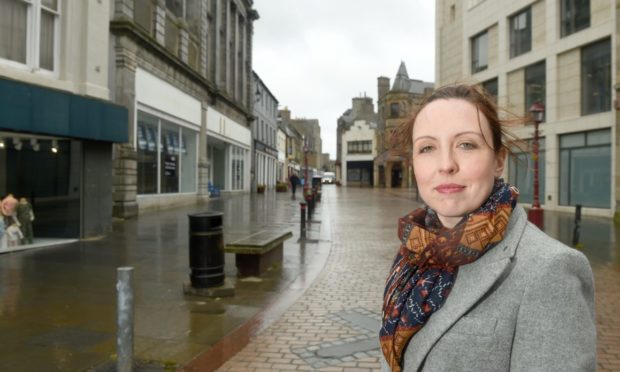Updated active travel masterplans for Wick and Thurso will be used by councillors when considering future development for the towns and to help attract future funding.
The plans are aimed at making it safer for people to walk, cycle and use wheelchairs, as well as reducing congestion, improving air quality and improving footfall in town centres.
The plans were developed by Highland Council and transport partnership Hitrans and have been updated following consultation which was done virtually due to Covid.
Priorities for Wick include more than five miles of segregated active travel routes and safe crossing points, as well as a mobility hub offering different modes of transport at Riverside car park.
Proposals for three ‘quiet’ street, or low-traffic neighbourhoods, in Ackergill Street, near Noss Primary School; Newton Hill/Newton Rd/Kenneth St and West Banks Avenue, which provide access to Wick High School and Newton Park Primary School, would create areas for walking, cycling and wheeling.
In Thurso, the priorities are more than four miles of segregated active travel routes and safe crossing points, as well as a mobility hub at the town’s railway station.
Quiet streets are proposed at Castle Terrace, which has a playpark and primary school nearby, and Sir Archibald Road, a primarily residential street.
Highland Council’s Caithness Committee approved the use of the masterplans as “material consideration” when dealing with development proposals and as supporting documents for funding bids.
It also agreed to delegate the executive chief officer for infrastructure and environment to liaise with other bodies, including Transport Scotland, to identify funding opportunities and a delivery programme for improvements.
Committee chairman Nicola Sinclair said: “Since the start of the Covid-19 pandemic many more people have taken advantage of the quieter roads to get out and explore their local area on foot and by bike, for daily exercise and to maintain their mental health and wellbeing.
“Our communities have helped shape the masterplans so I want to thank everyone for their valuable comments and feedback as local insights have such an important role in going forward.
“We hope that the actions proposed to encourage active travel will help people keep the walking and cycling habit going for local trips wherever possible and we look forward to more details about sources of funding that will help us implement these changes.”
Work on active travel projects began in Wick recently under the Spaces for People programme.










